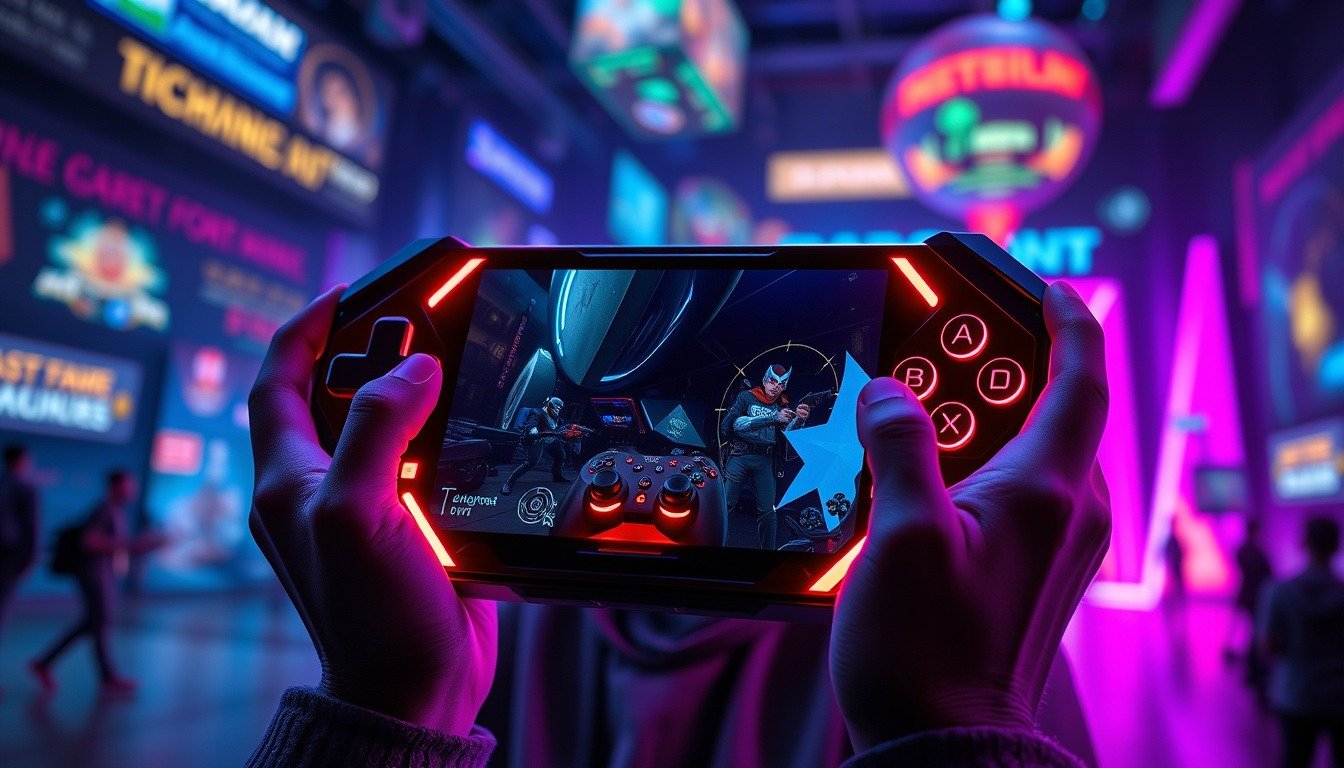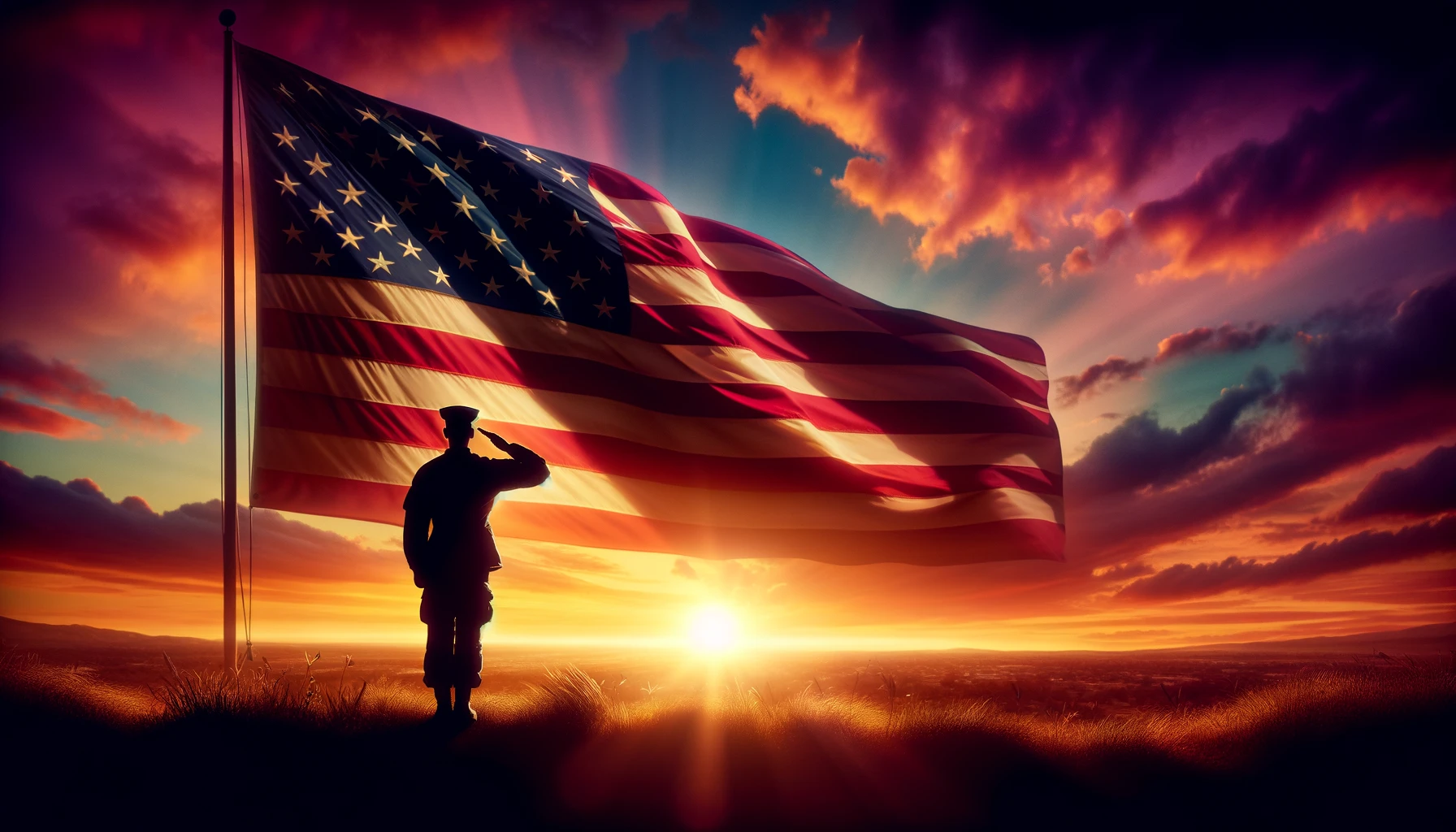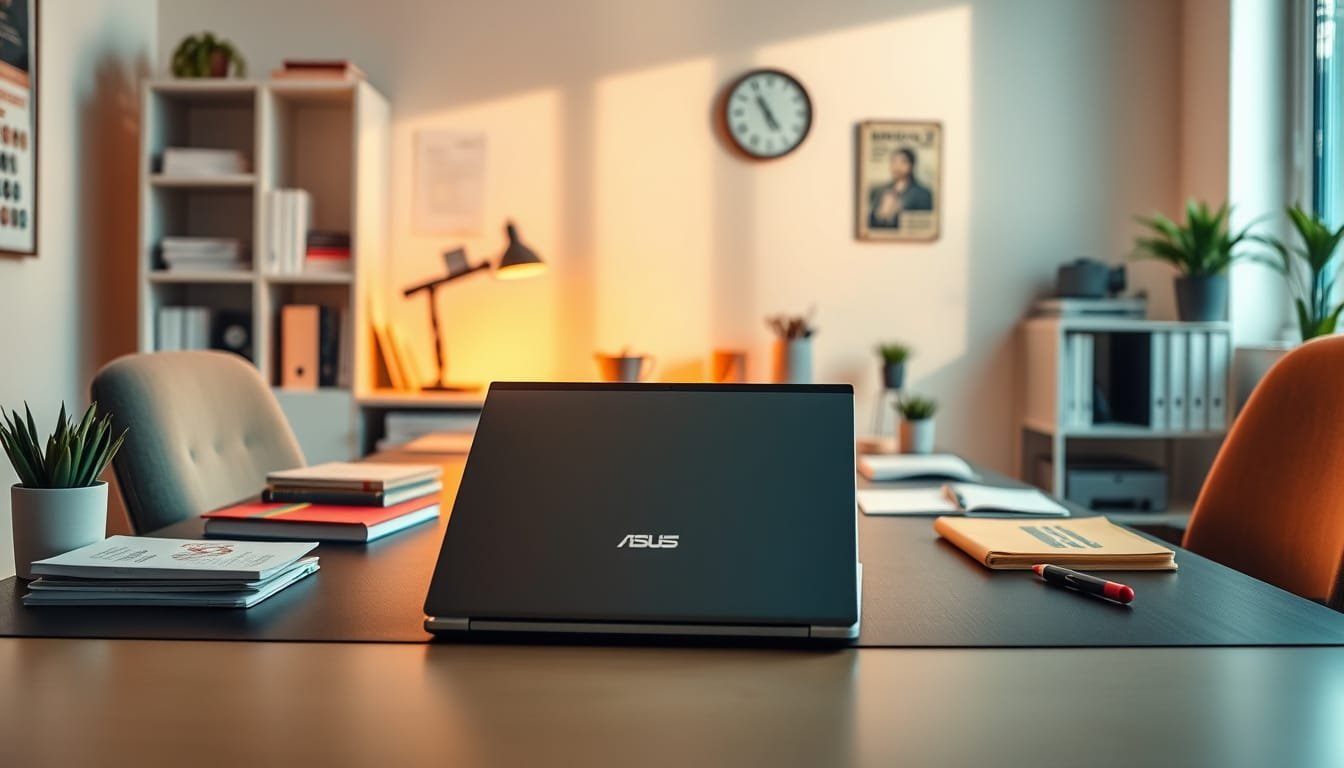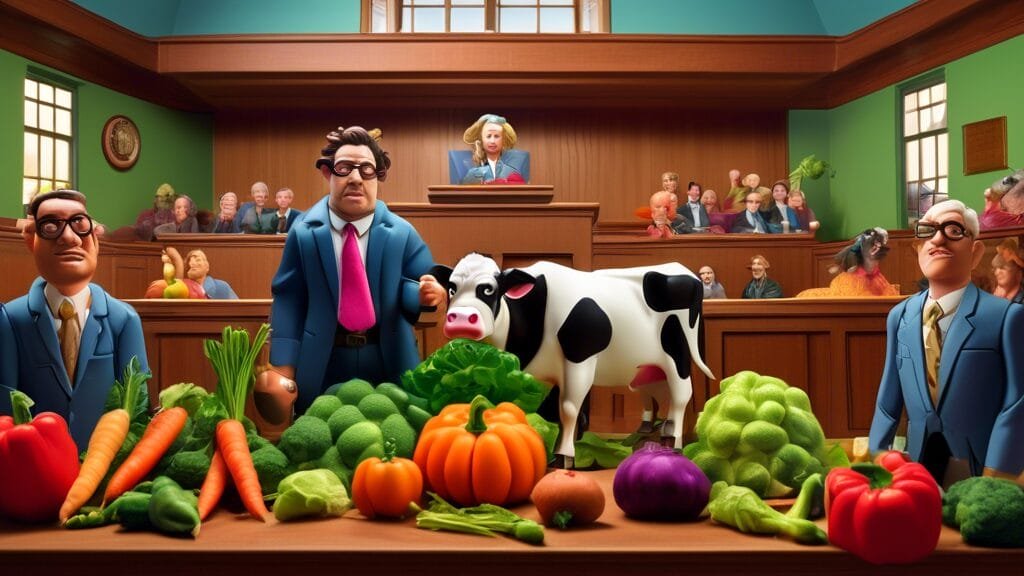Salute: A Timeless Gesture of Respect and Honor
We’ve all seen it – in movies, at parades, maybe even in person. A crisp raise of the hand to the forehead, a moment of stillness, a gesture imbued with meaning. The salute. It’s more than just a movement; it’s a symbol laden with history, respect, and a fascinating evolution across cultures and time.
From Knights to Modern Militaries: Tracing the Origins
Imagine yourself back in the days of chivalry. Knights, clad in shining armor, would raise their visors before a duel, a gesture of respect to their opponent and perhaps a subtle way to identify themselves. This simple act, some believe, holds the seeds of the modern salute. As centuries passed and firearms replaced swords, the gesture evolved. Sailors, their hands roughened by the sea, would salute superiors by touching their brows as a way of showing they were unarmed, their intentions peaceful.
Fast forward to the 18th and 19th centuries, and we see the salute becoming standardized in military settings. Armies around the world began incorporating it into their regulations, refining it into the sharp, precise movement we recognize today.
More Than Just a Movement: Deciphering the Symbolism
But what makes the salute so powerful? Why not just a nod or a handshake? It’s all about the symbolism. The raised hand signifies an unarmed approach, a sign of trust and respect. The specific way it’s executed – palm flat, fingers straight – emphasizes alertness, discipline, and a commitment to duty.
Think about it. When a soldier salutes their commanding officer, it’s an acknowledgment of rank and authority, but it’s also a pledge of loyalty and obedience. It’s a silent agreement to follow orders, to serve a cause greater than oneself.
Beyond the Battlefield: Salutes in Different Cultures
While most commonly associated with the military, the salute extends its reach far beyond the battlefield. In many cultures, it’s a gesture of respect used in a variety of contexts. In some countries, schoolchildren salute their teachers as a sign of deference and to instill discipline. Police officers and firefighters have their versions, signifying camaraderie and a shared commitment to service.
Even in the animal kingdom, we see echoes of the salute. Ever noticed how dogs slightly bow their heads when greeting each other? Or how certain species of birds touch beaks? These subtle gestures, like the human salute, convey recognition and establish a social hierarchy.
The Evolution Continues: Modern Twists on a Traditional Gesture
With time, the salute continues to adapt. Athletes offer a thumbs-up or a raised fist after a victory, a modern salute to their supporters. In the digital age, we salute emojis, using them to convey everything from respect and agreement to playful sarcasm.
So, the next time you see a salute, take a moment to appreciate its depth. It’s a simple gesture, yet it speaks volumes about history, respect, and the enduring human need for connection and belonging.
Saluting Around the World: A Glimpse into Cultural Variations
The beauty of the greeting lies not only in its universal essence but also in its nuanced variations across the globe. Let’s take a whirlwind tour and explore some fascinating examples:
India: The Adab
In India, the traditional Adab involves a slight bow with the right hand touching the forehead. It’s a respectful greeting used in various social settings, showcasing the country’s rich cultural heritage and emphasis on courtesy.
Thailand: The Wai
The graceful Wai in Thailand involves pressing the palms together in a prayer-like gesture and slightly bowing the head. The height of the hands and the depth of the bow indicate the level of respect, adding a fascinating layer of complexity to this elegant salute.
Read about A More Affordable Tesla is now available again.
Japan: The Bow
From casual greetings to formal ceremonies, the bow reigns supreme in Japan. The depth and duration of the bow depend on the occasion and the individuals involved, reflecting the country’s deep-rooted sense of etiquette and social harmony.
These are just a few examples of how cultures around the world have woven their unique traditions and values into the fabric of the salute. It’s a testament to the power of nonverbal communication and the shared human experience of respect and recognition.
The Salute in Popular Culture: A Reflection of Our Values
Think about some of the most iconic moments in movies, TV shows, and even literature. Chances are, a salute played a pivotal role. From the heart-wrenching final salute in war films to the humorous misinterpretations in comedies, this simple gesture has captured our imaginations and served as a powerful storytelling tool.
Why? Because the salute taps into something deeply ingrained in us. It represents honor, courage, sacrifice, and the enduring struggle between good and evil. When we see a character salute on screen, we’re not just watching a physical action; we’re witnessing a display of their values, their loyalties, and their place in the world.
The Future of the Salute: A Gesture for the Ages
As we venture further into the 21st century, it’s fascinating to consider how the salute might continue to evolve. Will new forms emerge as technology reshapes our interactions? Will traditional salutes endure, serving as a bridge to the past and a reminder of timeless values?
One thing is certain: the salute, in all its forms, will continue to hold a place in the human story. It’s a gesture that transcends language barriers, cultural differences, and even time itself. It’s a powerful reminder that even in a world increasingly driven by technology and rapid change, the fundamental human need for respect, recognition, and connection remains as vital as ever. So, the next time you have the opportunity to offer a salute, whether it’s a formal gesture or a simple nod of acknowledgement, remember the weight it carries and the rich tapestry of history it represents.
Visit My LinkTree for My Other Platforms!





















